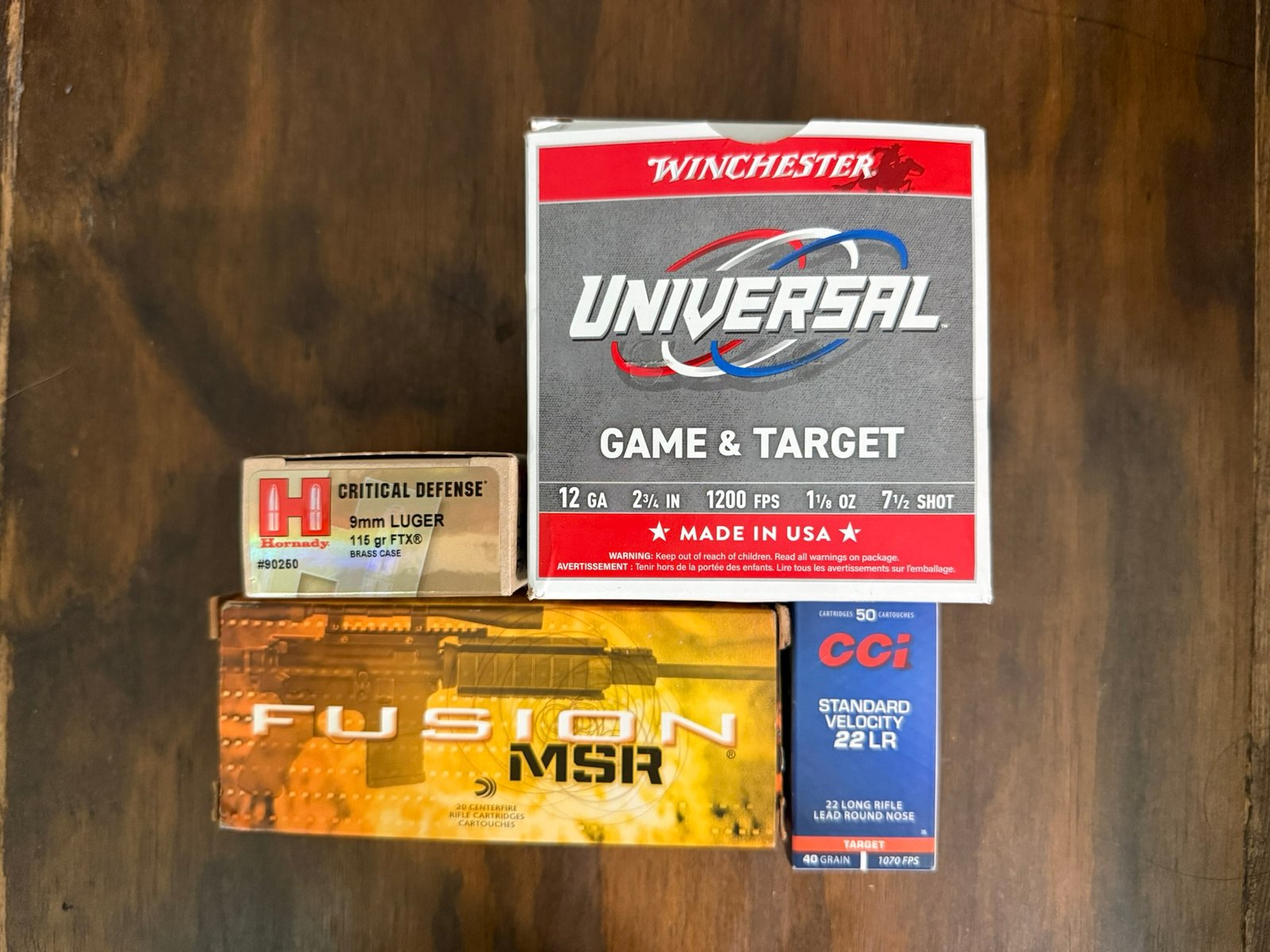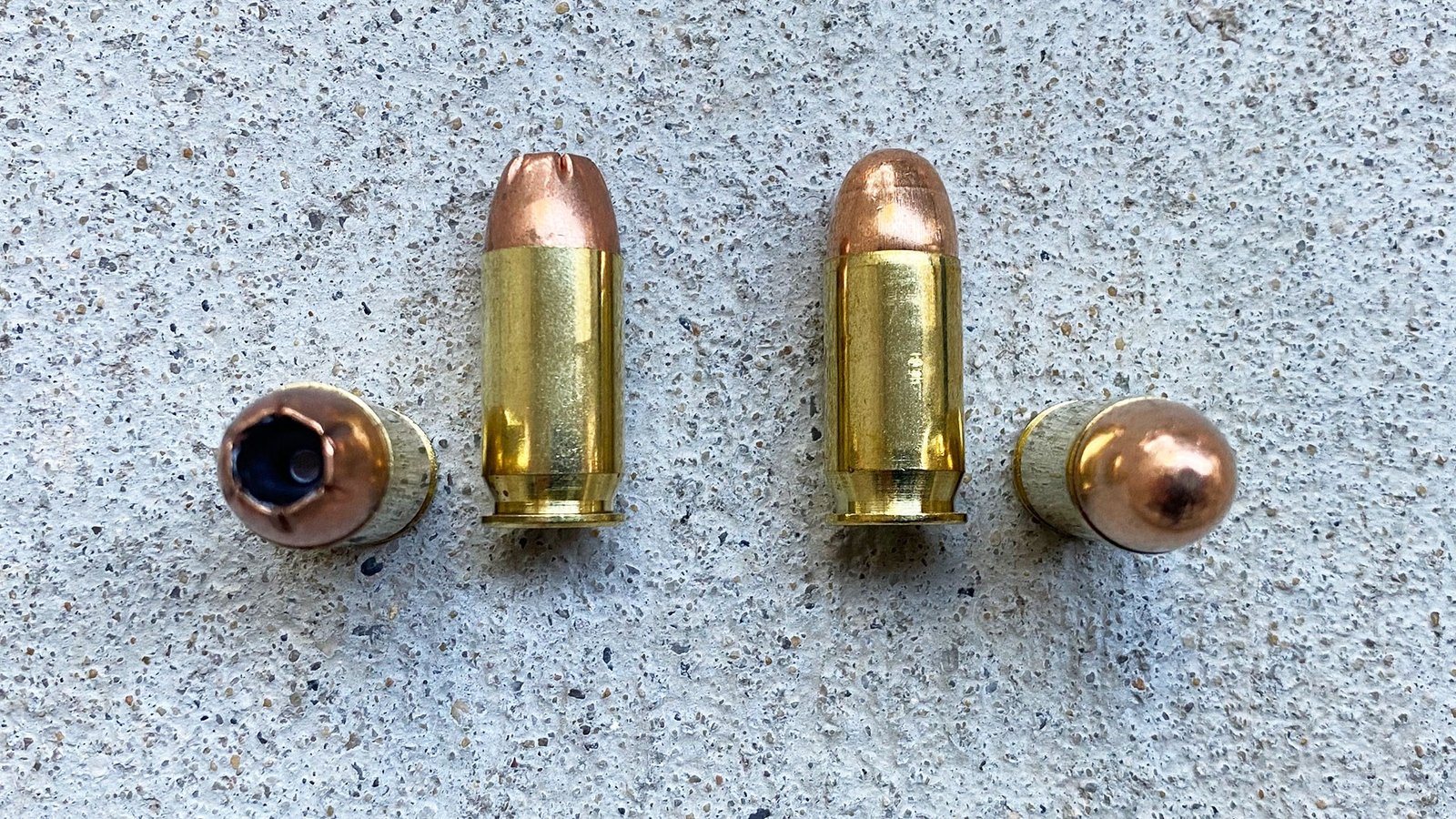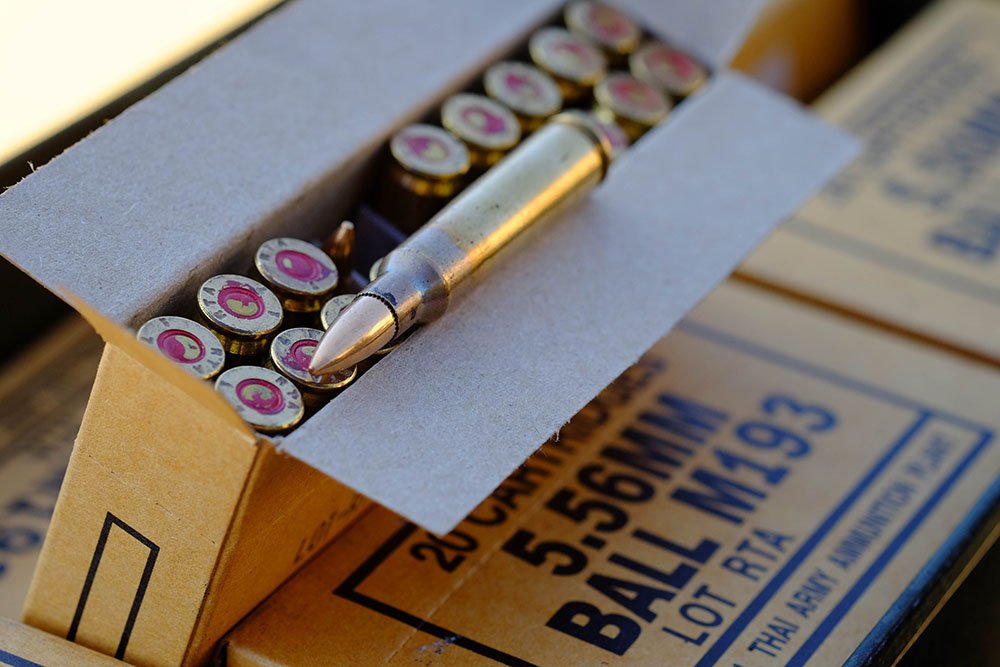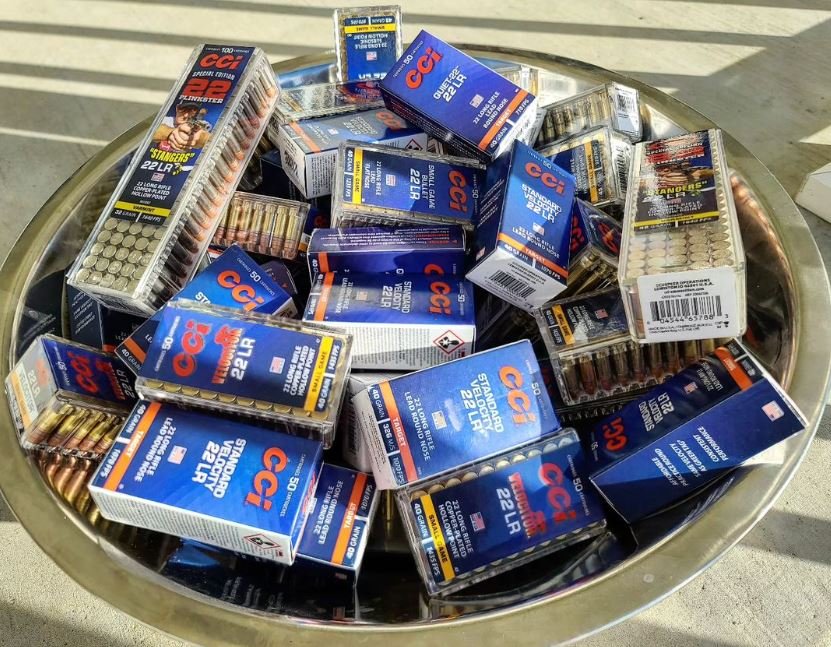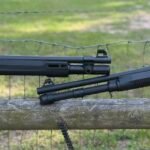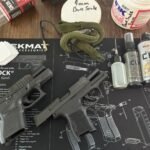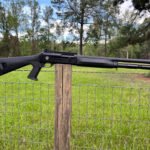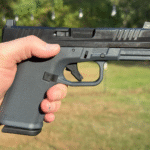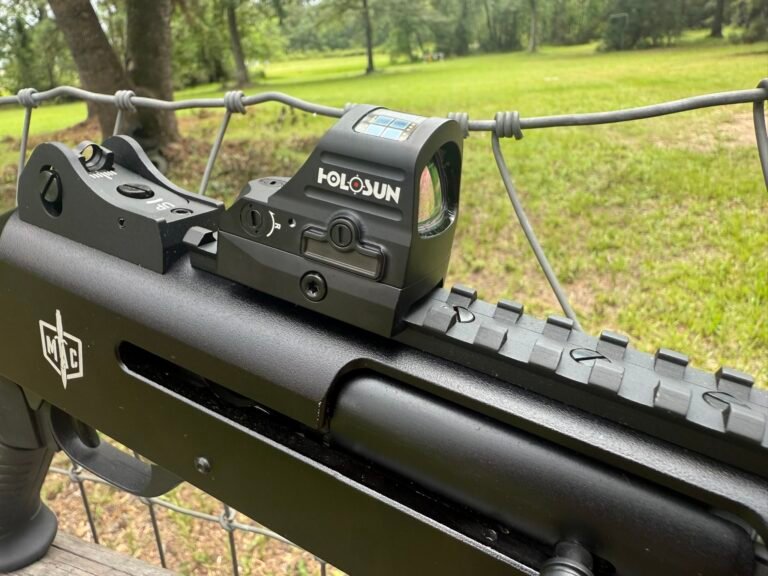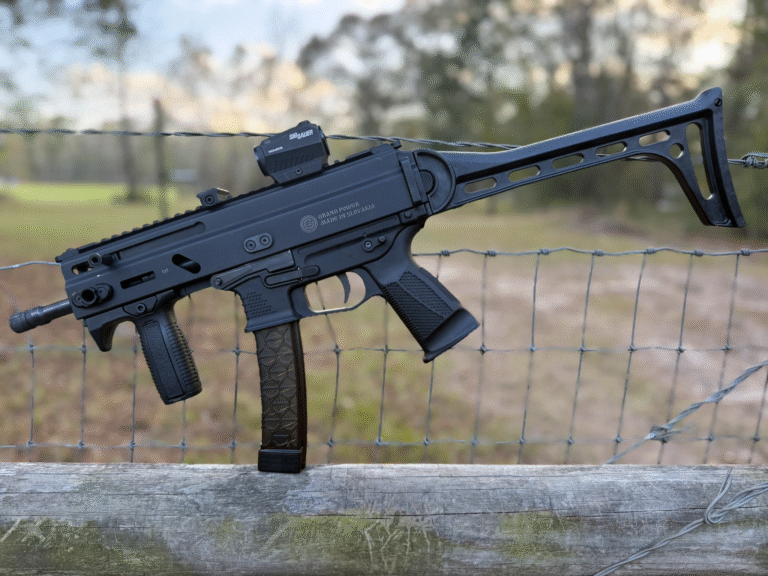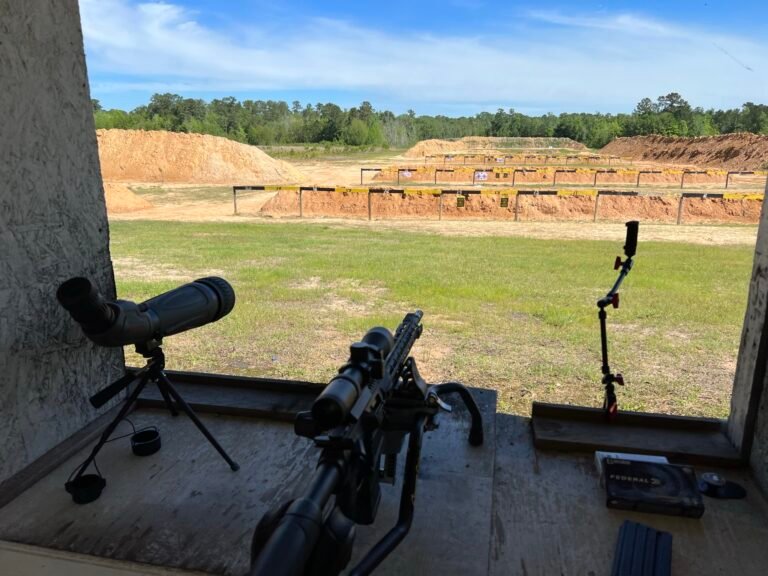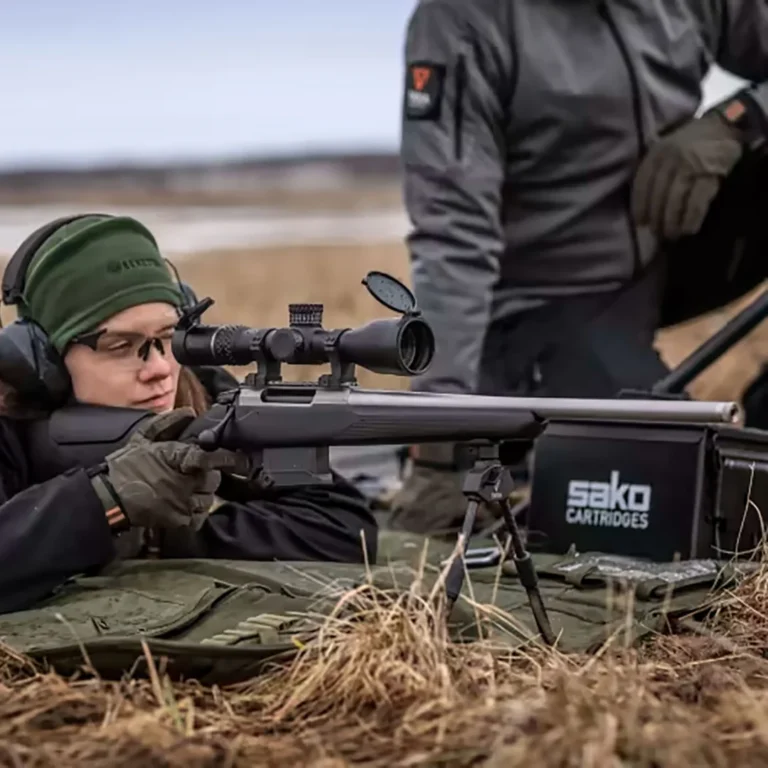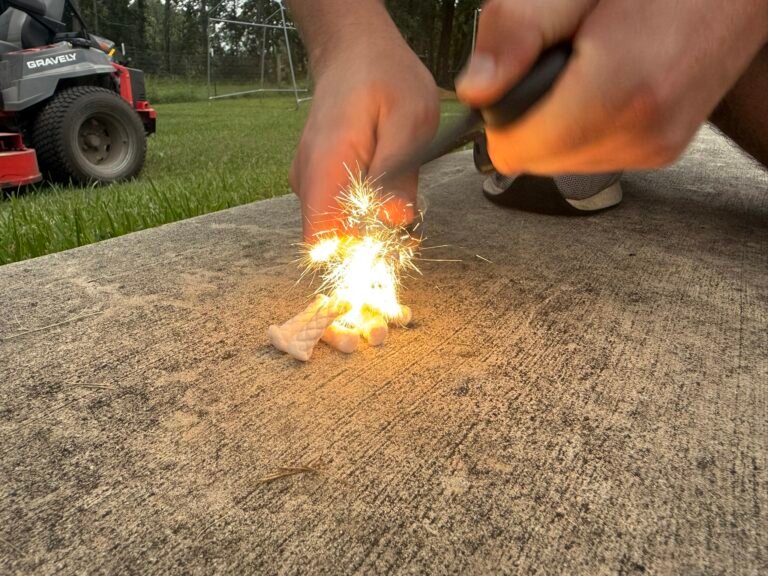What Ammo Should I Buy? A New Gun Owner’s Guide to Range and Self-Defense Ammo
What ammo should I buy? This guide for new gun owners explains the best defensive and range ammo for handguns, rifles, and shotguns. Learn about FMJ vs. JHP, top-performing loads, and how to choose the right caliber for your firearm.
Some of the links in this post are affiliate links. That means if you buy something, I might earn a small commission — it doesn’t cost you anything extra, and it helps keep the content coming.
Introduction
If you are new to gun ownership or don’t have a lot of experience, walking into the ammo aisle (or just scrolling through an online store) can be very overwhelming. What do all of these terms mean: FMJ vs JHP? 115-grain vs 124-grain vs 147-grain 9MM? 7.62×39 vs 7.62×51 and why does it matter?
Don’t worry. This guide will break it down and help you decide which ammunition is right for your handgun, AR-15, or shotgun. We will focus on range and defensive ammunition for the most common calibers. I will briefly discuss hunting ammo here, but we will cover that topic more thoroughly in a future article.
With all that said, let’s demystify the world of ammo, one cartridge at a time.
What is Caliber, and Why Does It Matter?
A caliber is the internal diameter of a gun barrel and, therefore, the corresponding size of the bullet. Caliber is usually measured in one of two units. One unit of measurement we use is inches (like .22 or .45) or millimeters (like 9mm or 7.62mm). Your firearm is chambered for a specific caliber; don’t mix and match, the results can be…explosive.

If your gun says “9x19mm,” don’t try to shoot .380 or .357 even though they seem to be similar in diameter. These are entirely different animals.
FMJ vs. JHP: What’s the Difference
Before we dive into specific calibers, let’s first break down the two main types of ammo you will be dealing with: Full Metal Jacket (FMJ) and Jacketed Hollow Point (JHP).
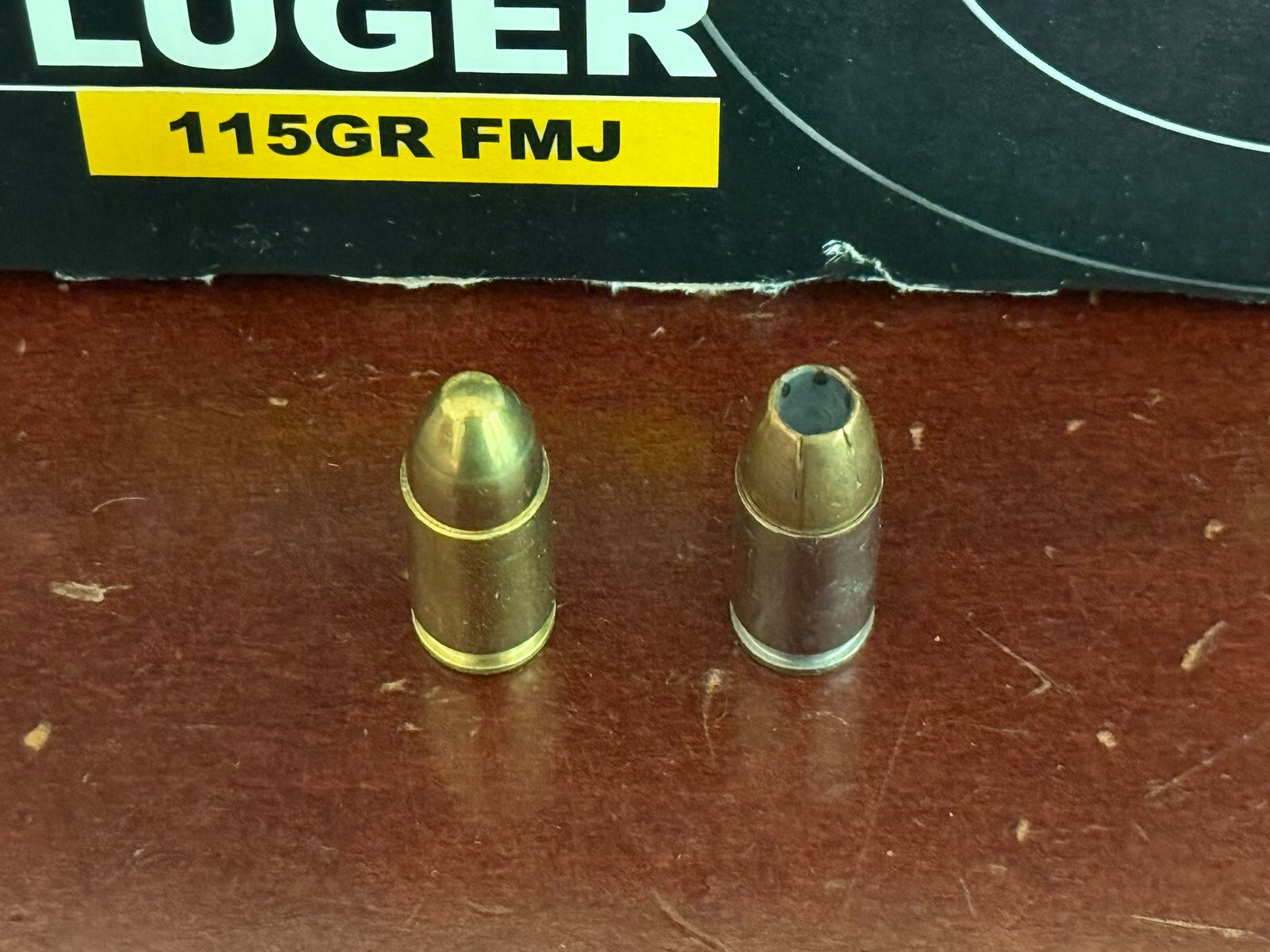
Full Metal Jacket comes from the fact that the lead core (sometimes steel or other metal) has a copper jacket that protects the core and helps the lead core travel down the barrel of your firearm. Lead is very soft and toxic. A copper jacket prevents some of the soft lead from remaining in your barrel and “fouling” the bore, thereby decreasing accuracy. FMJs are good for training, practice, and general plinking. They are readily available from many manufacturers and are generally cheaper than JHPs. They are not suitable for use as defensive ammunition. The design means they are likely to go straight through your target and hit whatever is behind it.
Jacketed Hollow Points, conversely, are precisely the type of ammunition you want for self-defense. JHPs are designed so that the copper jacket on the bullet peels back, exposing the soft lead core on impact with the target. This enables the projectile to mushroom and dump its kinetic energy into the target, producing greater stopping power while simultaneously limiting the chance that the bullet will overpenetrate and hit something or someone behind the target. JHPs are a more mechanically complex bullet to manufacture and produce correctly. As a result, you are going to pay more for JHP than you would for FMJs.
The rule of thumb here is to use FMJ for the range. JHP for self-defense.
What Ammo Should I Buy: Handguns
9mm Luger
If you own a handgun, there is a high chance it is chambered in 9mm. It is affordable, has manageable recoil, and is effective.
For range use, most FMJs will serve your purpose. Blazer Brass, Federal, Winchester, Monarch, and other reputable brands produce acceptable quality ammunition.
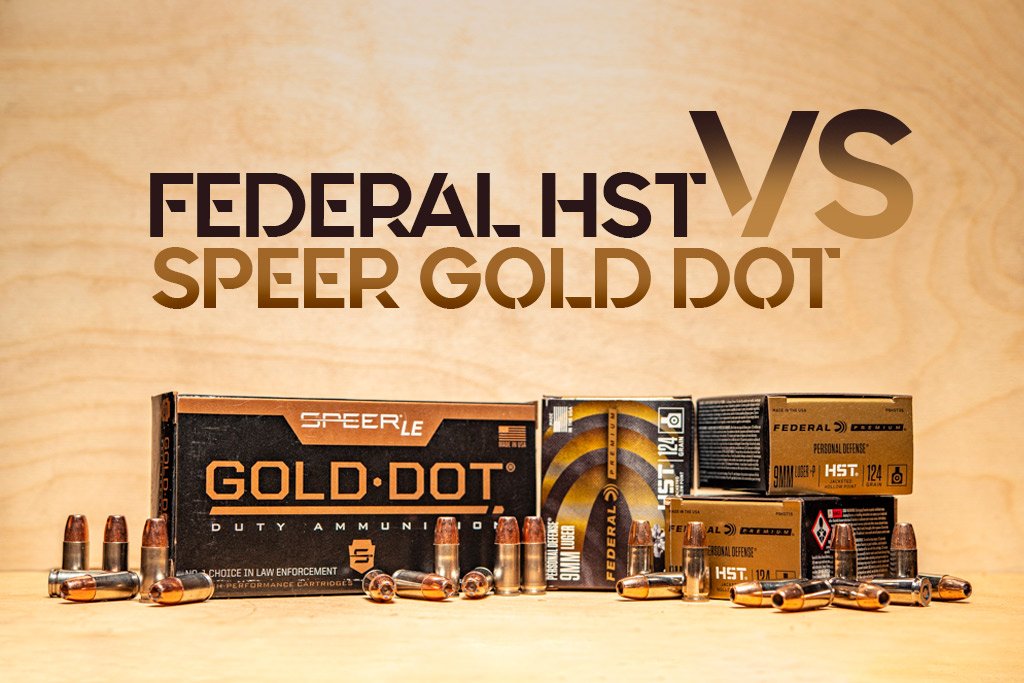
For self-defense ammo, I have several brands and loadings that I am partial to. The Federal HST 124-grain load is one of, if not the best, self-defense loads available on the market today. The 147-grain HST load is also excellent.
Both Speer and Hornady also make high-quality defensive ammo. Speer Gold Dot has an equally high reputation as the HST. Hornady Critical Defense 115-grain FTX performs well in micro-compact pistols, and Hornady Critical Duty 135-grain FlexLock is liked in duty-sized pistols like the Glock 17.
HST has been my primary carry ammo for years, but I have used the others and own and use both.
.380 ACP
Pocket guns like the Smith & Wesson Bodyguard 2.0 and Ruger’s LCP II and LCP Max are very popular due to their ease of concealment. .380 packs less of a punch than 9mm, so selecting the right ammo is paramount.
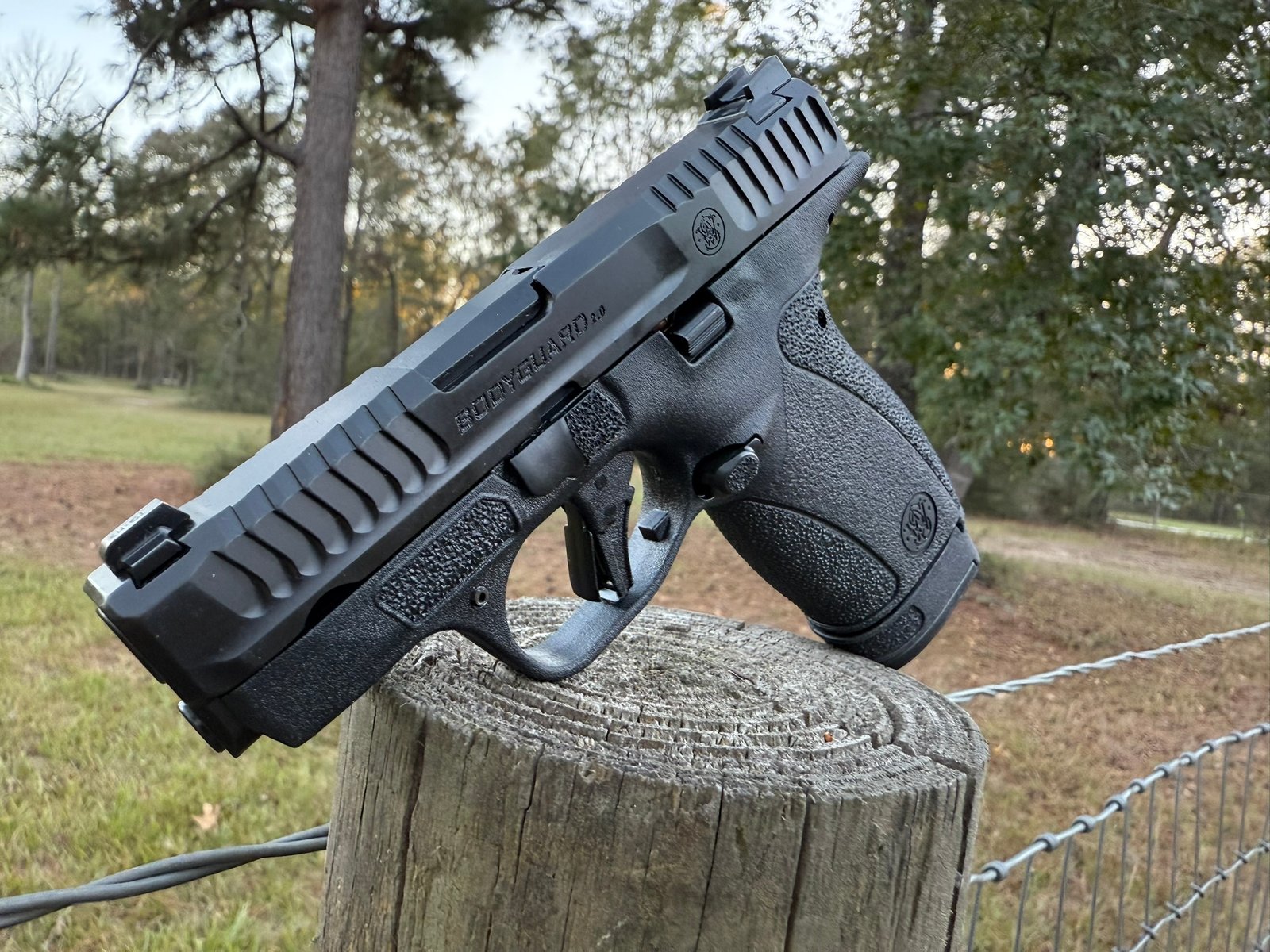
For range use, 95-grain FMJs are a great choice. I have purchased a variety of different brands over the years. Look for a reasonable price from a reputable brand, and you can’t go wrong.
For self-defense ammo, look for something with a strong track record. Three choices that have performed well in tests over the years include Hornady Critical Defense 90-grain FTX, Federal Hydra-Shok, and Speer Gold Dot. Some people suggest carrying FMJs in their .380s to overcome the weak penetration of .380 ACP, but I am a proponent of sticking with JHPs.
.40 Smith & Wesson, .45 ACP, others
I’m going to sound like a broken record, but FMJs from a quality manufacturer will serve you well with basically all pistol calibers for training. Federal HST, Speer Gold Dot, and Hornady Critical Defense are all excellent defense loadings.
What Ammo Should I Buy: Rifles
.223 Remington / 5.56 NATO
This is the most common rifle caliber in the United States. The AR-15 is America’s rifle, and it comes in .223/5.56. It is important to note that 5.56 can be shot in most .223 chambered firearms, but the opposite isn’t always true.
For range use, you will see two standard loadings. M193 is the classic 55-grain loading that has been used since the Vietnam War. Any range that allows you to shoot your AR-15 will allow this cartridge. The second standard cartridge is the M855 round. These rounds typically have a green tip and are marketed as armor-piercing, as they feature a steel penetrator cap on the bullet. These rounds are not permitted at many ranges, so be sure to check with your local range before purchasing to see what is allowed.
Self-defense or home defense ammunition should be a soft-point or bonded JHP to reduce overpenetration. Hornady, Federal, and Speer all have good choices for a defense ammo for your AR-15.
.22 LR
.22 LR is one of the best cartridges in existence. The bullet is .22 caliber, the same diameter as the much more effective .223/5.56 NATO round, but has a significantly smaller powder charge. .22 LR can be purchased in large blocks, and the cost per bullet is very affordable. Federal, Aguila, CCI, Winchester, and others all make good .22 LR loadings.
.22 LR is less than ideal for self-defense, but it can get the job done if necessary. If you are using a .22 LR to protect yourself, you shouldn’t be too concerned about what it is shooting; instead, you should be more concerned with effective shot placement. If you want a more effective .22 LR loading, look for CCI Velocitor, Stinger, or other loads that have higher velocity, measured in feet per second (FPS).
What Ammo Should I Buy: Shotguns
12-Gauge
12-gauge shotguns are versatile, powerful, and unforgiving. They pack a punch that can punish both the target and the shooter. The load you select makes a huge difference in your experience with shooting your shotgun.

If you are shooting at the range, stick with birdshot; #7 or #8 are good choices for shooting clays and general practice. For home defense, you should use 00 buckshot, 0 buckshot, and nothing smaller than #4 buckshot. Birdshot is not effective for defense and should not be used in this context.
Some good loadings for defense are Federal FliteControl, Hornady Critical Defense, and Remington Express.
What About Hunting Ammo
We will delve into this in more detail in a future article. Quickly, though, you need to use a soft-point or ballistic-tip bullet for clean kills. Bring enough bullet to kill the animal ethically, a .308 Winchester for deer, for example. When hunting small game, .22 LR and .223 can be good choices. Some examples of quality hunting ammunition include Federal Fusion, Hornady Precision Hunter, and Remington Core-Lokt.
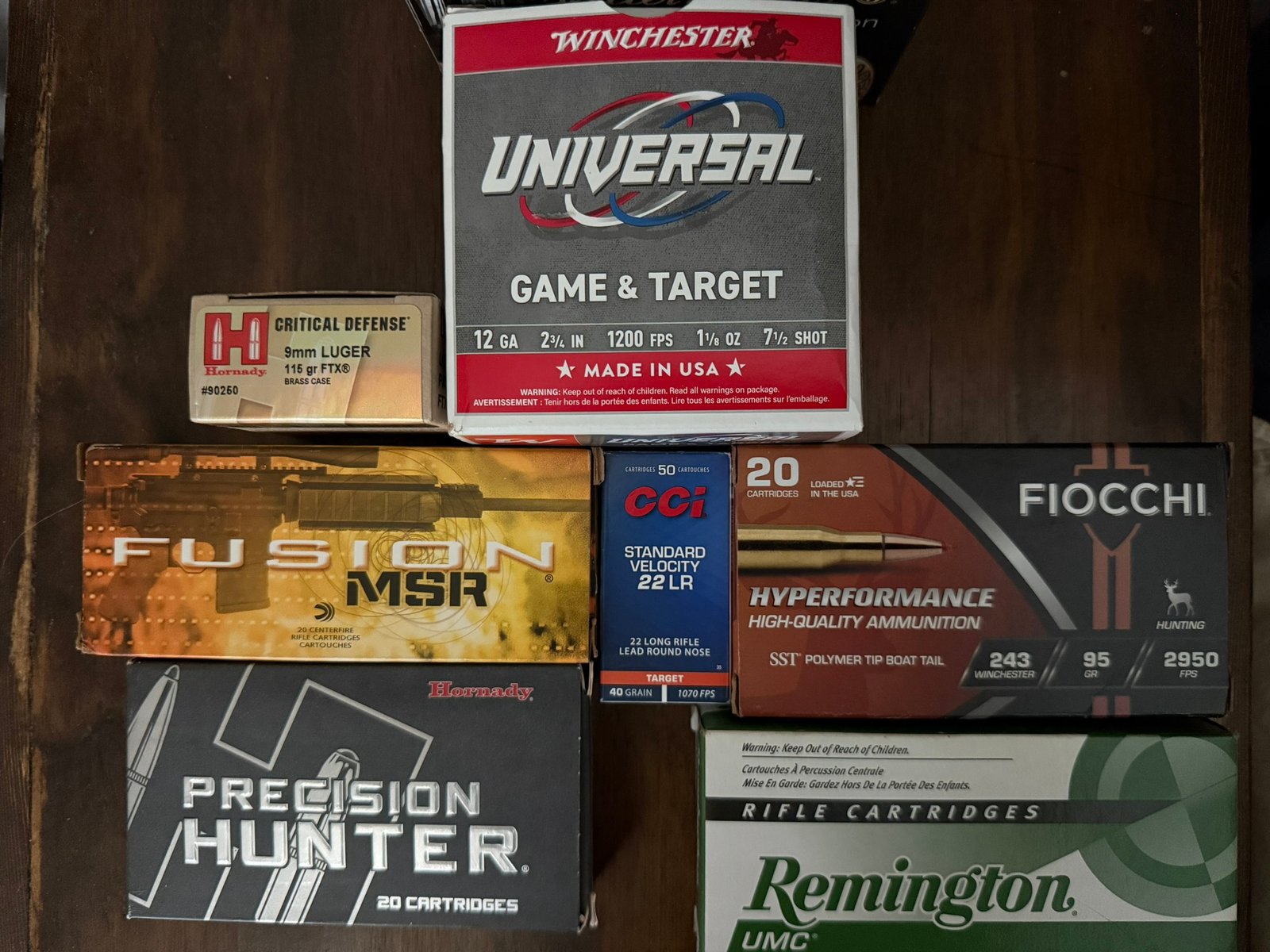
Last Words
Don’t overthink it. Choosing the rifle ammo doesn’t have to be overwhelming, but choose wisely. You want to have at least 200 rounds before your first range trip so you can shoot enough to enjoy the experience and learn something from it. You should fire between 25 and 50 rounds with your defensive ammo before relying on it to protect the lives of yourself and your loved ones. Quality is more important than price, especially with defensive ammo. Spend the money.
As you gain more experience, you will hone your preferences and be able to expand into new ammo types and calibers. To start, trust the proven stuff. Once you know what your life is, you can never have too much ammo. Stack it deep.
Help ensure you don’t miss out on our content. Check out latest articles.
